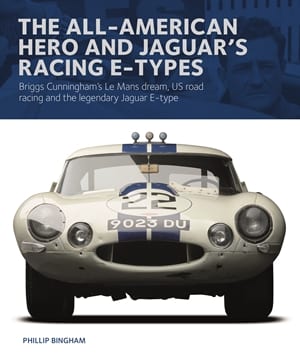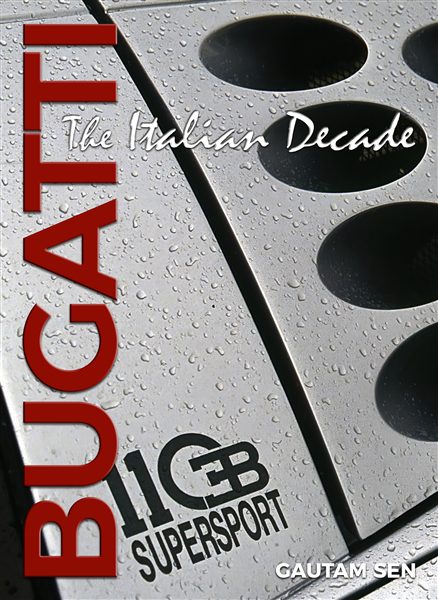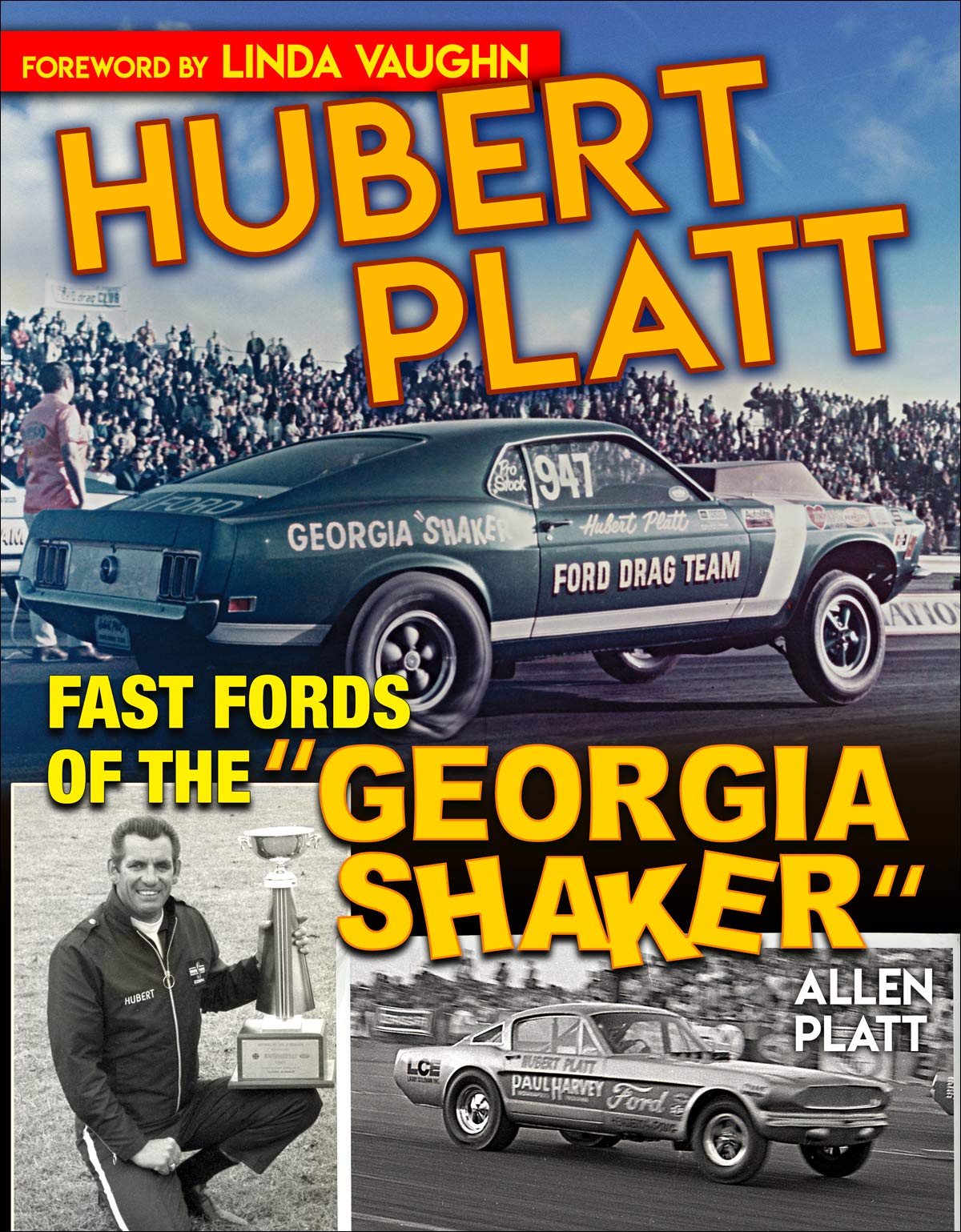Description
It was an instant hit on racing circuits too: little more than a month after the launch, Graham Hill took a roadster to victory on its debut at Oulton Park. Chassis 875027, the focus of this story, was the first E-type campaigned by American racing entrepreneur Briggs Cunningham’s famous team and its performances helped persuade Jaguar to use the E-type as the basis for a competition thoroughbred that has become one of the most coveted of all time: the Lightweight
The E-type evolved from a distinguished series of Jaguar sports cars that notched up a sequence of victories at Le Mans in the 1950s. The car’s development is covered in detail and illustrated with exquisite cutaways.
Briggs Cunningham had an interesting tale to tell away from motorsport – as did many of his racing companions. He skippered the winning yacht in the America’s Cup; his right-hand man Alfred Momo won the Targa Florio as a co-driver, aged 14, and later climbed onto the wing of an airborne biplane to repair a leaking fuel line. Their contrasting backgrounds are covered in detail.
Before aligning with Jaguar, Cunningham harboured hopes of putting together an all-American team capable of winning the Le Mans 24 Hours. His eponymous cars made their mark, without ever quite fulfilling his dream, and feature as part of an engaging wider story.
In addition to running some of motorsport’s best-known names, including Bruce McLaren, Dan Gurney and Jack Brabham, Cunningham was also associated with several unsung heroes. Here, racers such as John Fitch, Phil Walters and Walt Hansgen receive the credit they deserve.
The book is handsomely illustrated with period photographs from some of the world’s most respected collections, as well as a gallery of studio photographs showing the car as it is today.




